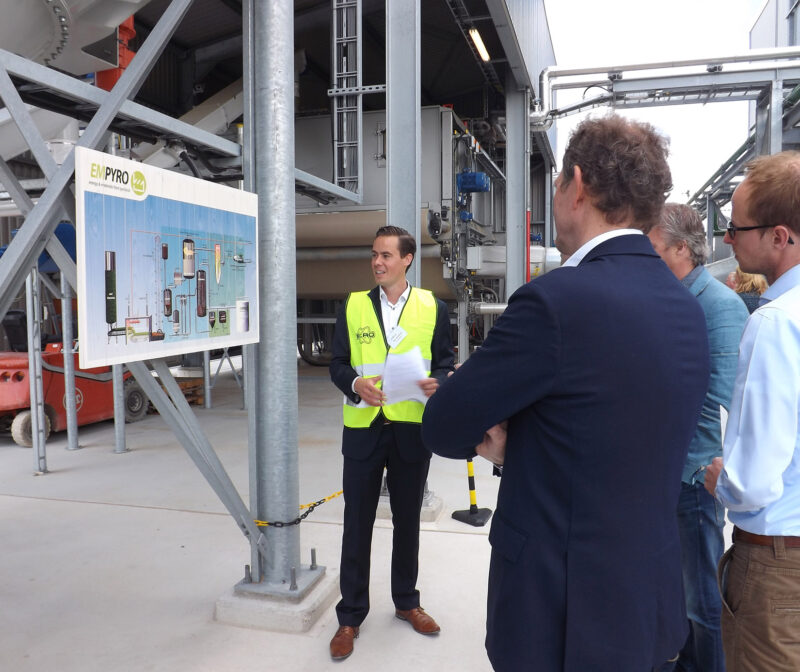

One of the most interesting near-future applications of FPBO is as a renewable feedstock for oil refineries. Co-processing FPBO in fluidized catalytic cracker (FCC) units is one of the most cost-effective routes to produce advanced biofuels and comply with e.g. the EU RED II directive.
FPBO is injected into the riser from a separate feed line to keep the temperature of the FPBO below 60 oC. In the riser, the FPBO is catalytically cracked together with the VGO (or other regular FCC feed).
The biocarbon in the FPBO is distributed across the various FCC products and the coke.
Co-processing up to 5 wt-percent of FPBO with VGO has little effect on the yield distribution of the main products. It is important to note that yields depend on the operational conditions and on the properties of the regular feed and the catalyst, so results may differ for each case.
Although there are visual similarities between FPBO and crude oil, the properties of FPBO are different from crude oil or its fractions. Chemically speaking, FPBO is not an oil, but a sugary syrup with dissolved oxygenates and emulsified polyphenolic (lignin) fragments.
Our whitepaper “Co-Processing Fast Pyrolysis Bio-Oil in FCC Units” which can be downloaded in the News & resources section of our website provides answers to a range of frequently asked questions.
